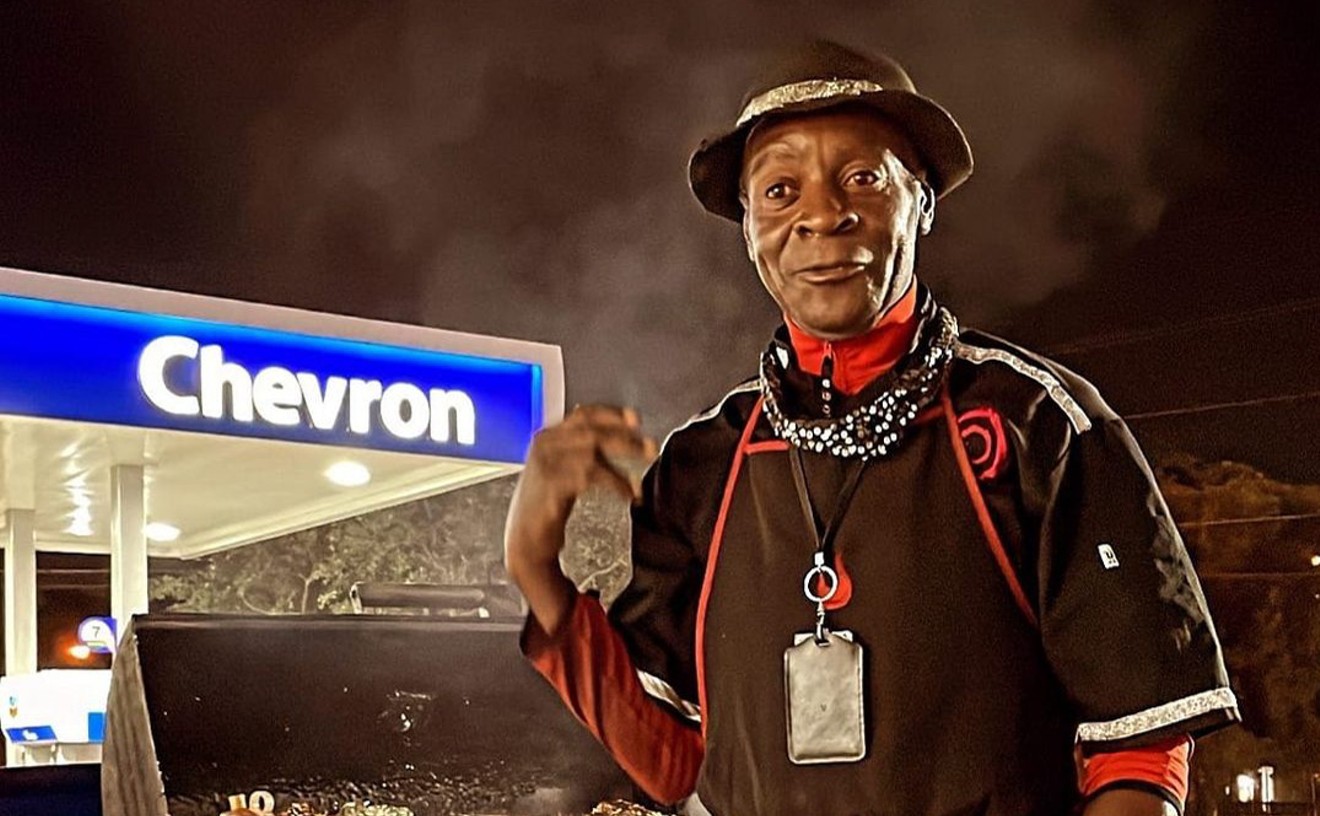Coraline
If Alice in Wonderland were retold by the Mad Hatter, it might look something like Henry Selick's 3-D, stop-motion Coraline, in which the bored, blue-haired 11-year-old of the title (voiced by Dakota Fanning) travels through the looking glass and ends up in a world that strangely resembles her own—except that everyone has buttons for eyes. Well, that plus the minor detail that Coraline's rabbit hole is more of a papier-mâché umbilical cord extending from a small door concealed by living-room wallpaper. And instead of a grinning Cheshire cat, here we have a melancholic black stray who speaks in the distinctive tenor of John Carpenter sideman Keith David.
Not that the movie's air of genial weirdness ends there: In Coraline's button-eyed alterna-universe, life is a nonstop carnival, where Coraline's work-obsessed writer parents are transformed into a pair of gregarious playmates, while her upstairs and downstairs neighbors—an 8-foot-tall Russian circus acrobat (Ian McShane) and a pair of spinster chorus girls (the immortal British comedy duo of Dawn French and Jennifer Saunders)—are restored to their youthful glory. Instead of slimy, good-for-you Swiss chard, dinner is a kingly feast of oven-roasted chicken, mashed potatoes and a literal gravy train. Indeed, everything is so practically perfect in every way that Coraline's only regret is the nightly slumber that inevitably returns her to the slate-colored murk of ordinary life. Until it doesn't anymore. Which is when all the enchantments of Coraline's wonderland begin to spill forth their menacing innards.
Based on a 2002 novel by Neil Gaiman, Coraline takes root in one of the most primal of children's fantasies—the desire to escape the clutch of parental authority for a life of boundless wish-fulfillment. And like her many literary and cinematic avatars, from Alice to Dorothy to Jacques Rivette's Céline and Julie, Coraline soon learns that one must always be careful what one wishes for. This is familiar terrain for both Gaiman and Selick (whose 1996 James and the Giant Peach remains a modern classic of childhood make-believe at odds with grown-up insolence). But so deep run both men's imaginations that Coraline is that rare case in which familiarity never risks breeding contempt.
Coraline Jones isn't the pluckiest or most ingratiating sprite ever to take center stage in a children's film, and her (mis)adventures aren't especially novel, but Coraline is still a consistent splendor to behold. With all of the tools of the 21st-century CGI paintbox at his disposal, Selick prefers to dwell in the realm of stop-motion, where he is restricted to those things that can be modeled with metal and latex, balls and sockets, and made to move not by binary code but by human hands. That lends Coraline a wonderfully tactile aesthetic, befitting a story that takes place not a long time ago in a faraway land but rather in a drafty old boarding house in Ashland, Oregon.
Selick avoids using the movie's 3-D canvas for ostentatious "gotcha" effects, instead employing the enhanced perspective the way a painter might, adding subtle details of height and distance that would be diminished in the standard 2-D frame as he slowly envelops us in Coraline's dueling realities. Best of all, he understands that the most affecting fables are those in which sweet dreams turn out to be trapdoors to nightmares.










